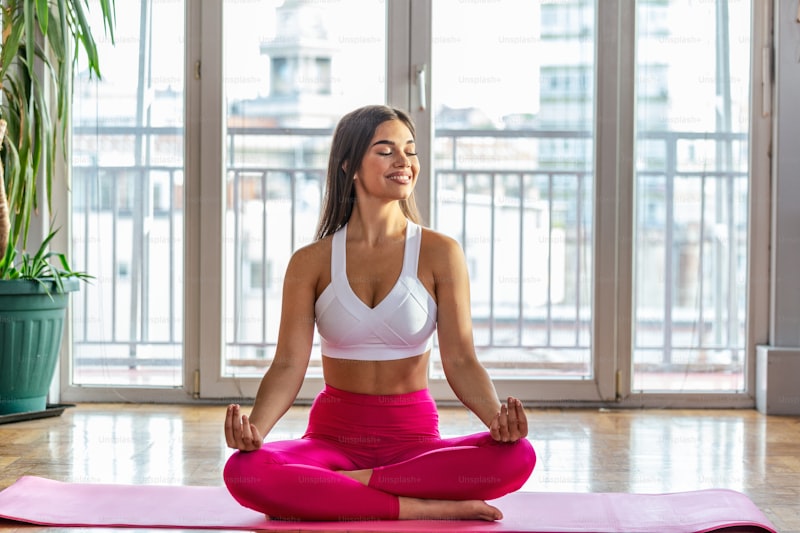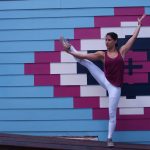With all the different styles of yoga out there today, it’s becoming more and more difficult to tell them apart! What is the difference between hot yoga and Bikram? If Bikram is hot yoga does that make all hot yoga Bikram? From an outside eye this probably looks like a true statement, but let’s step inside the studio and find out!
Why practice in the heat in the first place? Being in a heated room heats up the muscles and makes it easier to stretch the body, and it also helps prevent injuries like pulled muscles — not to mention the sweat! More sweat means more toxins released, doubling the purifying benefits of your yoga practice.
A Brief History of Bikram Yoga
I was born in 1946 in Calcutta, India and is a hot yoga innovator. He and his wife, Rajashree (a well-known yogi herself), were yoga champions in their youth. In 1974, Choudhury founded the Yoga College of India in Beverly Hills, California to teach his method of 26 postures along with two pranayama breathing exercises.
Once they opened, it rapidly became the most popular style in the west. He copyrighted Bikram yoga and only those who were taught and certified by himself may use the Bikram name — although all this led to some pretty negative publicity. Choudhury began a series of legal disputes, suing studios and teachers for copyright infringement and recently lost the cases. In the past year, Choudhury has been accused of sexual assault on young students and teachers, further complicating his status among leading yoga practitioners.
1) Turn Up The Heat!
Short answer: all Bikram yoga is heated, but not all hot yoga is Bikram. There is a difference in temperature between a hot yoga studio and a Bikram yoga studio. Bikram Choudhury refers to his classrooms as “torture chambers” and requires that the temperature be set to 105 degrees and humidity at 40%. The temperature in a hot yoga room, on the other hand, can vary between 80-100 degrees and the humidity varies as well.
2) When in Bikram…
Another major difference is the look of the studio itself. Bikram yoga is done in a very brightly lit room with floor to ceiling mirrors at the front of the room, and carpeted floor. Hot Yoga studios tend to be more traditional, without mirrors, and varying in floor types and lighting.
3) All About that Asana
Bikram yoga classes are exactly the same every time: consisting of 26 asanas taught over a duration of 90 minutes. Hot yoga teachers come from many schools of yoga and are usually influenced by more than one style: Ashtanga, Iyengar, and Vinyasa Flow are just a few examples of what styles could inform a general hot yoga class. A new up and comer in the hot yoga community is Core Power Yoga, adding heat into a vinyasa flow as well as weights.
4) Silence is Golden
Part of attending a Bikram class is that no one is permitted to talk once the class has started. There is also no music or clapping in class as well, although I’ve heard and read many accounts now that the instructors are like drill sergeants, yelling at students to push harder and go deeper into postures — even if they’re not physically safe. This has been a common complaint and a growing part of Bikram’s reputation.
Preparing for a Heated Yoga Class
Armed with all this new information, are you still curious to try out a class? If you are, you need to show up prepared. Like I mentioned above this is not your standard yoga class — you will sweat a lot! I always like to know what I’m getting into and what I should wear or bring with me:
- Clothing — I always want to make sure I dress appropriately for any class I go to. So you want to make sure you wear something that won’t go see through or won’t slip and slide on you. Hot Chakras Yoga (who recently sponsored one of our Instagram challenges) makes clothing specifically designed for a hot yoga class — and they even carry a men’s line!
- Mats and Towels — Non-slip mats and a good towel are key to not slipping around or dripping everywhere. Manduka and Lululemon have some of the best mats (in my opinion).
- Hydrate — Be sure to drink plenty of water before, during, and after class. You will be sweating a lot and releasing a lot of toxins so you will need to replenish your body with plenty of fluids.
- Not Advised For — We don’t recommend heated yoga of any kind for women who are pregnant (as we discussed in this article) or anyone with a heart condition that is aggravated by heat.
Have you ever tried a Bikram or Hot Yoga class? Did you keep going back for more? I would love to hear your thoughts about this different and newer style of yoga!












